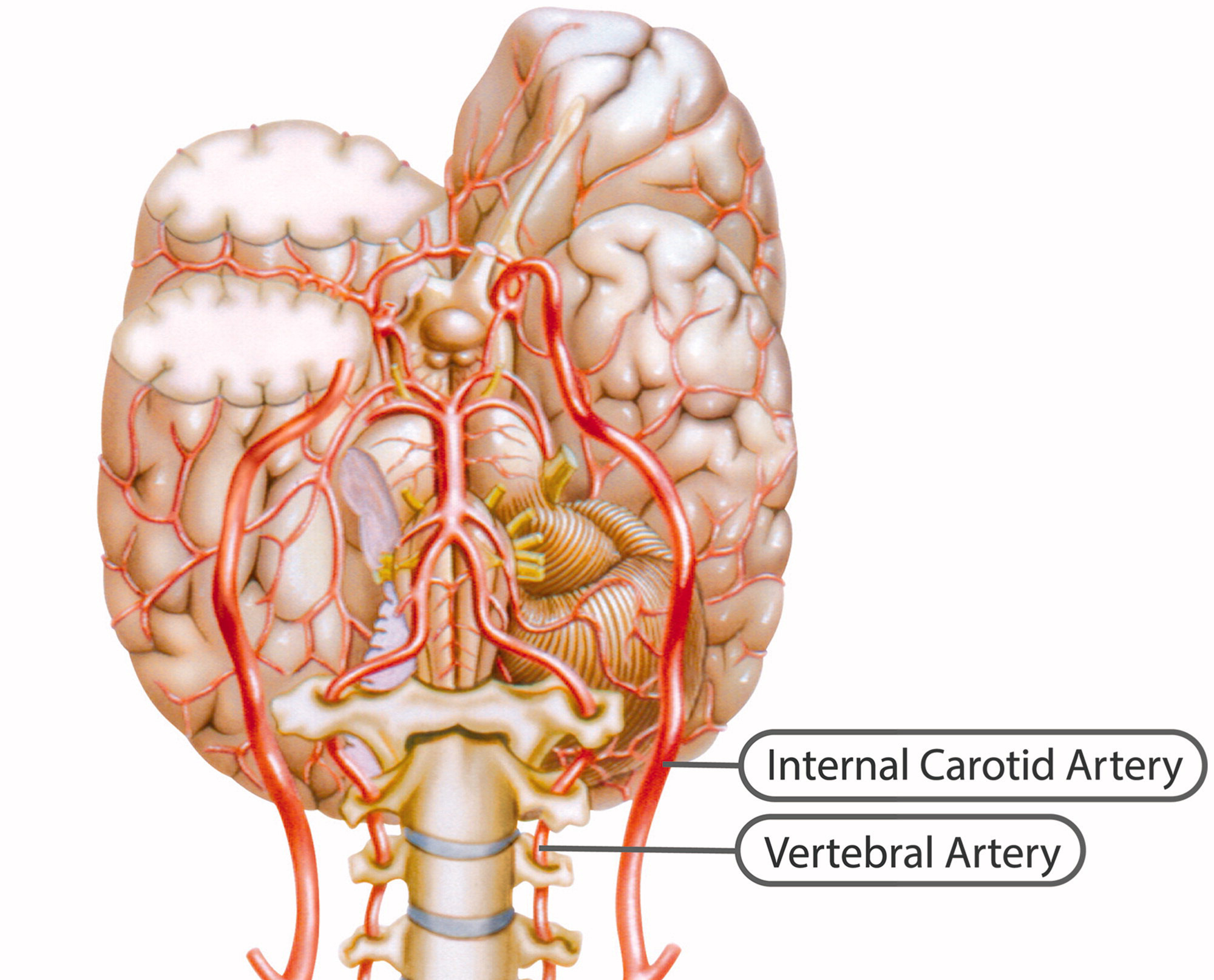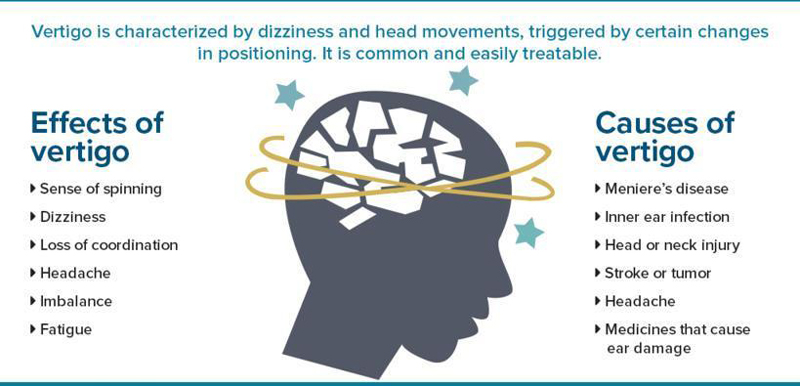ECG for Eyes Sorts Strokes from Vertigo
SOURCE: MedPage Today ~ March 05, 2013
By Crystal Phend, Senior Staff Writer, MedPage Today
Reviewed by Robert Jasmer, MD; Associate Clinical Professor of Medicine, University of California, San Francisco and Dorothy Caputo, MA, BSN, RN, Nurse Planner
A new device, described as an ECG for the eye, appears to accurately distinguish stroke from other causes of dizziness in the emergency department.
Note that the bedside device feeds webcam video from goggles mounted with an accelerometer to computer software that looks for abnormal corrective eye movements when the head turns.
A device described as an ECG for the eye accurately distinguishes stroke from other causes of dizziness in the emergency department (ED), a small proof-of-concept study showed.
When tested on 12 patients in the ED for acute vestibular symptoms, the device picked out all six vertebrobasilar strokes that were subsequently diagnosed with MRI, David Newman-Toker, MD, PhD, of the Johns Hopkins Hospital, and colleagues reported online in Stroke.
The bedside device feeds webcam video from goggles mounted with an accelerometer to computer software that looks for abnormal corrective eye movements when the head turns.
It replicates the best clinical test for stroke in this setting — the horizontal head impulse test — but without the requisite expertise for interpretation that’s often not available in the ED.
Rahul Karamchandani, MD, a neurology fellow who has been teaching the clinical head impulse test to residents at the University of Texas Health Science Center in Houston, agreed that the real promise of the device is automated, objective measurement.
“It’s a technology that [a person] won’t have to be trained on to use,” he commented in an interview with MedPage Today, though noting that current version of the device isn’t fully automated.
But full automation is in the works, the investigators pointed out, adding that the device could be used much like an electrocardiogram is for heart attack.
“Widespread use in EDs or urgent care clinics might involve a fully automated eye ECG read by local providers with backup telediagnosis by off-site experts,” they wrote.
In the ED, it could be used “to discharge acute vestibular syndrome patients unlikely to have a stroke without any imaging, speed access to acute therapy without awaiting MRI, or select patients for enrollment in treatment trials for acute posterior circulation stroke,” they added.
Relying on CT scans misses most ischemic strokes in the first 24 hours, while even MRI won’t find about one in five strokes near the brain stem and cerebellum the first day because of lag in structural anatomic changes.
Read the rest of this article at:




Leave A Comment